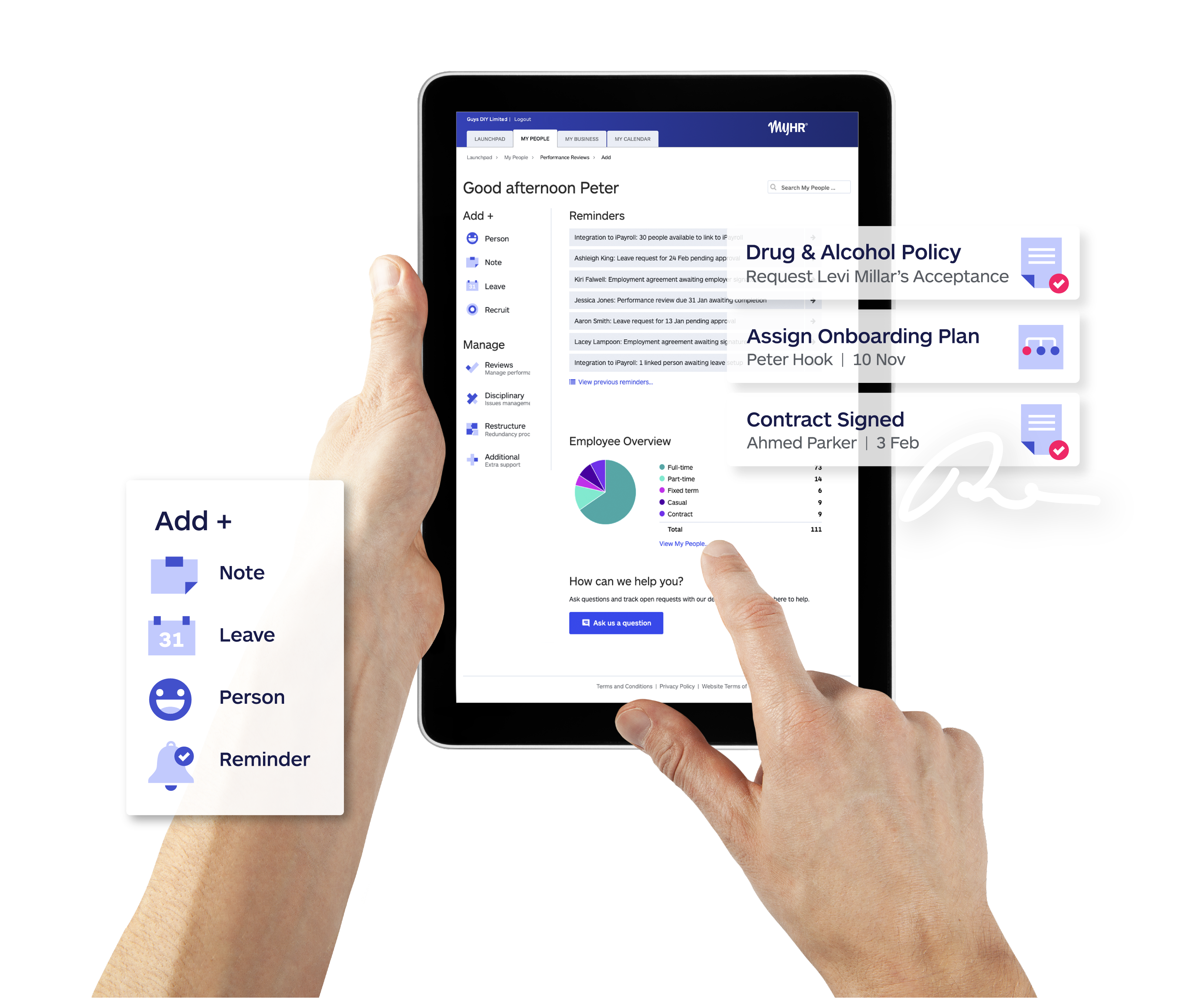The government has announced its plan to scrap the Holidays Act 2003 and replace it with new legislation that aims to simplify the accrual, use, and payment of employee leave, especially sick and annual leave.

Cabinet has agreed to introduce the Employment Leave Act that it says will reduce compliance costs for businesses and provide certainty to both employers and employees that payments and calculations are being applied correctly.
Successive governments have proposed reforms to the Holidays Act that has long been a cause of issues for employers, payroll providers, and workers.
The coalition government’s decision to repeal and replace the current act was made after targeted public consultation on a draft of proposed reforms in September 2024. The consultation found that the reforms were not a significant improvement and that more fundamental changes were needed to address issues. Key reasons given included complexity, compliance costs, and workability for those with variable work arrangements.
MyHR's own Jason Ennor, Co-Founder and Co-CEO, gave his take on the proposed changes during Radio New Zealand's Midday Report. Listen to the full interview on the RNZ website.
Focus of the leave and payment reforms
This main focus of the new legislation is to simplify leave accrual and payment calculations, and reduce the amount of admin employers have to do to comply with the law. Key proposed changes include:
Annual leave and sick leave
- Annual and sick leave will accrue continuously in hours, rather than being provided as lump sum entitlements (e.g. 4 weeks’ annual leave for full-time employees).
- Leave will be taken in hours and employees will be able to use their leave hours to take any part of a day off.
- Employees will earn sick leave in direct proportion to their contracted hours (calculated at a rate of 0.0385 hours per hour worked). They will no longer all receive the same amount of sick leave in days. Sick leave accrual will be capped at 160 hours.
- Employees will accrue annual and sick leave from the first day of employment.
- Employees can request to cash up 25% of their annual leave every 12 months (rather than one week every 12 months).
Payment of leave
- The same hourly leave pay rate will be used for all types of leave, based on a worker’s base wage for the day of leave.
- Fixed allowances (e.g. an accommodation allowance) will be paid in full during leave, but other components of pay (e.g. bonuses, commissions) will not be included in the hourly leave pay rate.
- When annual leave is taken after parental leave it will be paid like any other annual leave (not at a reduced rate as it can be currently).
Leave compensation
- For hours worked by casual employees and overtime hours for other employees (except where those hours are compensated by salary), there will be a 12.5% upfront leave compensation payment in lieu of annual and sick leave accrual. Currently, employees receive an 8% “pay-as-you-go” payment.
Public holidays
- Entitlements will be based on a new clearer test for determining whether an employee would have otherwise worked on a public holiday, based on whether they have worked 50% or more of the relevant days in previous weeks.
- Employees will accrue alternative holiday hours at a rate of one hour for every hour worked on a public holiday that is an otherwise working day. Workers who work only some of their contracted hours on a public holiday will receive time-and-a-half for the hours they actually work and leave pay for the unworked hours.
Alternative holidays
- Alternative holidays will also shift to hours-based accrual.
Bereavement and family violence leave
- All employees will be able to access bereavement and family violence leave from their first day of employment. They will remain days-based entitlements, but workers will be able to take part days of leave.
Mandatory pay statements
- Employers will be required to provide clear pay statements to employees each pay period, itemising pay and leave in a way that’s transparent and easy to understand.
- Statements can be in physical or digital form or via an online platform.
See the full details of proposed changes under the new legislation (MBIE website).
Next steps
The government aims to pass the Employment Leave Bill by the end of this parliamentary term (November 2026, at this stage).
Once the legislation has been drafted and introduced to parliament, it will be considered by a select committee and the public will be invited to provide feedback (a link will be published on the NZ Parliament website once the bill is open for submissions).
There will be a 24-month implementation period after the legislation becomes law, to give employers and payroll providers time to make changes to business and payroll systems.
To find out more about the new bill and the Holidays Act, visit the MBIE website.
And as always, if you have any questions about how the Employment Leave Act might impact your business or need assistance getting employee leave and payroll right, contact MyHR.



